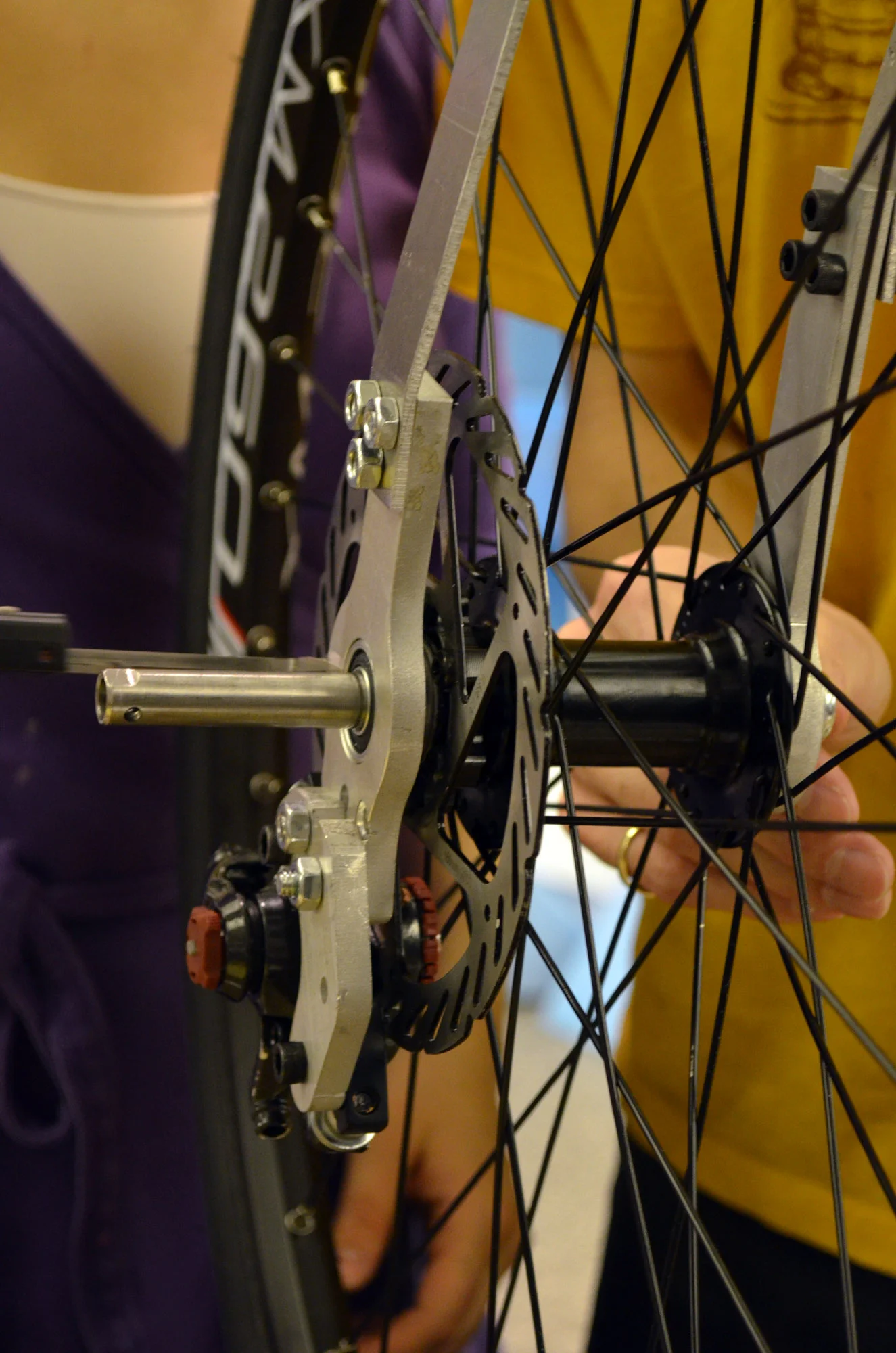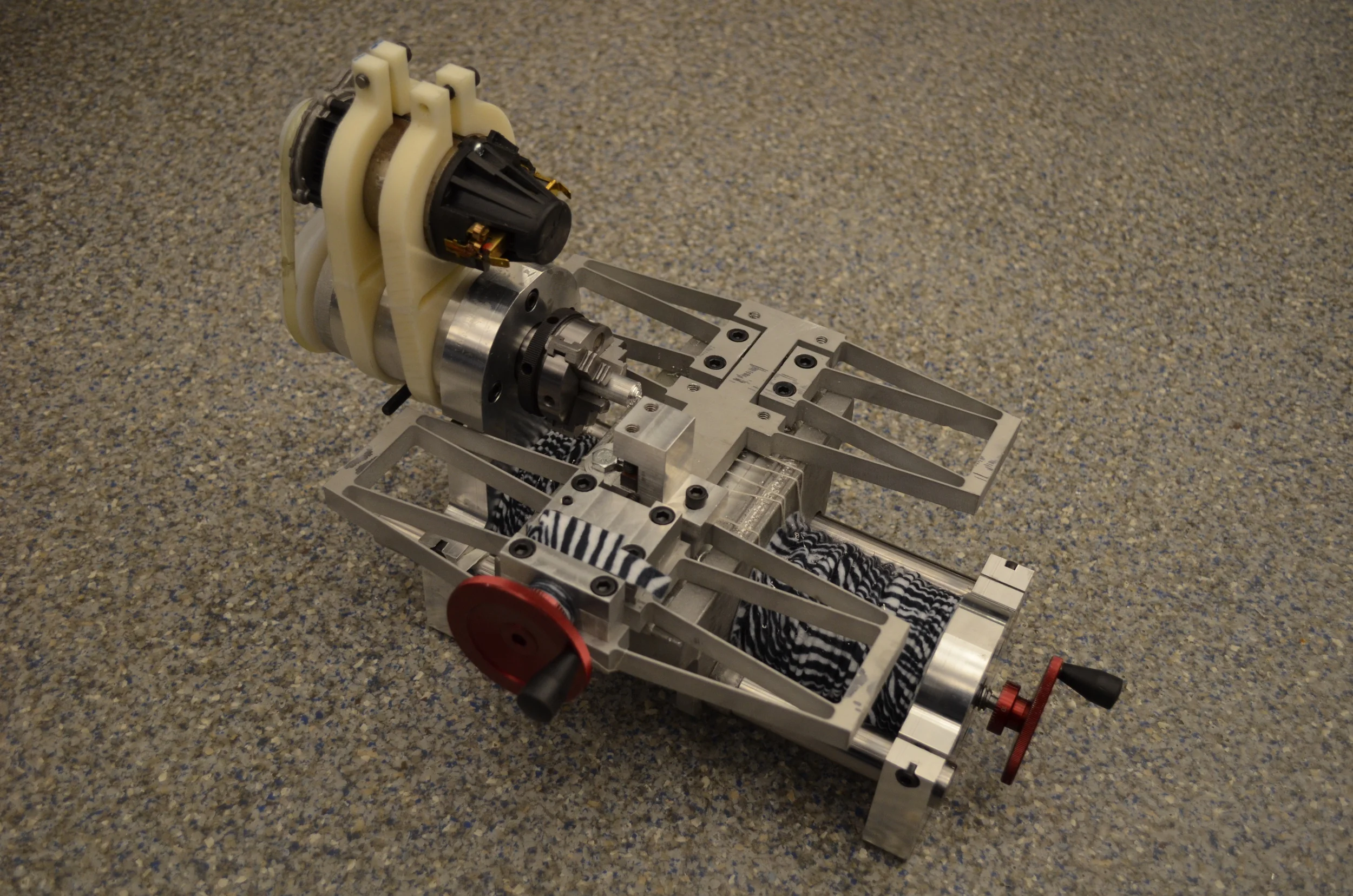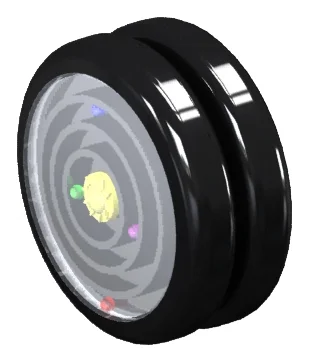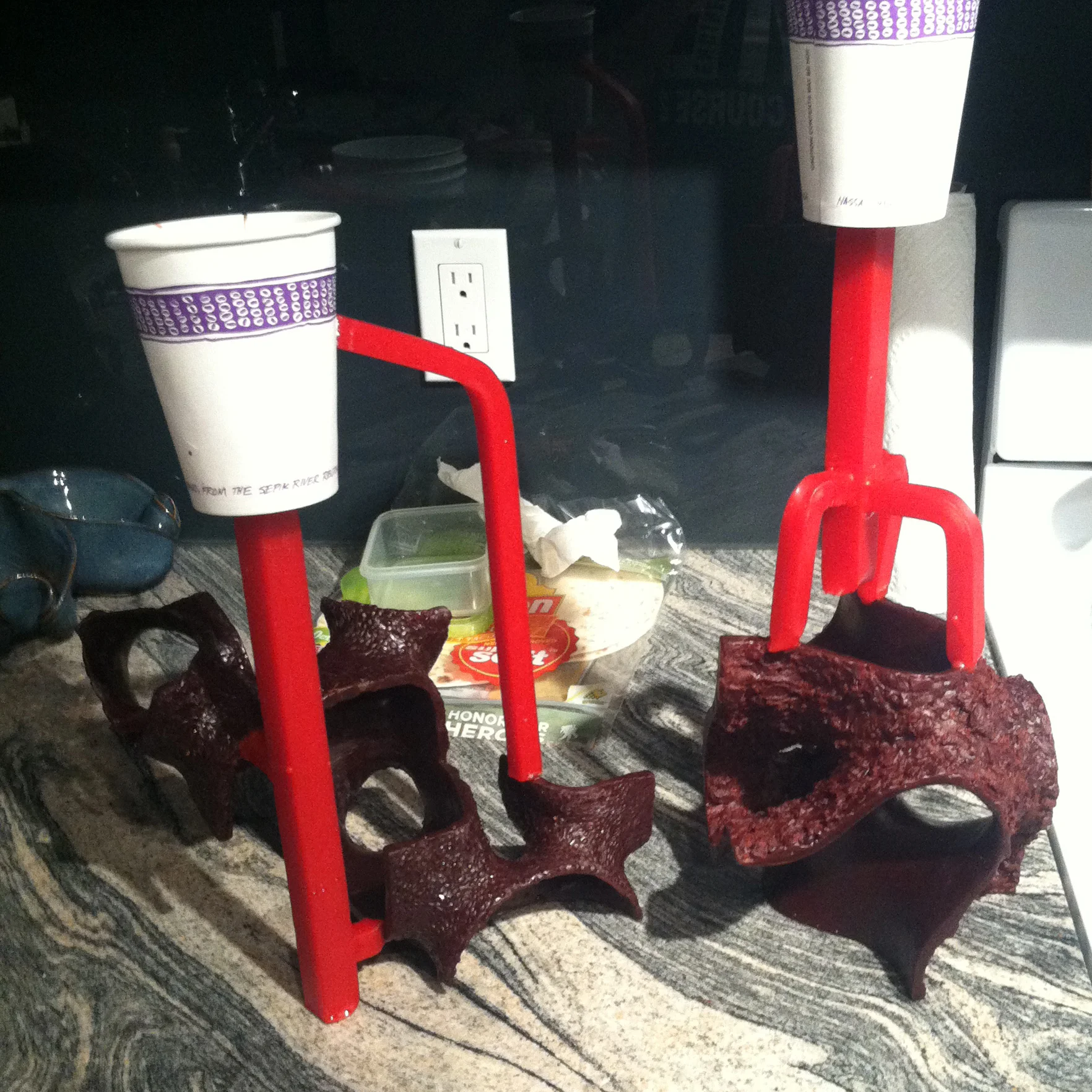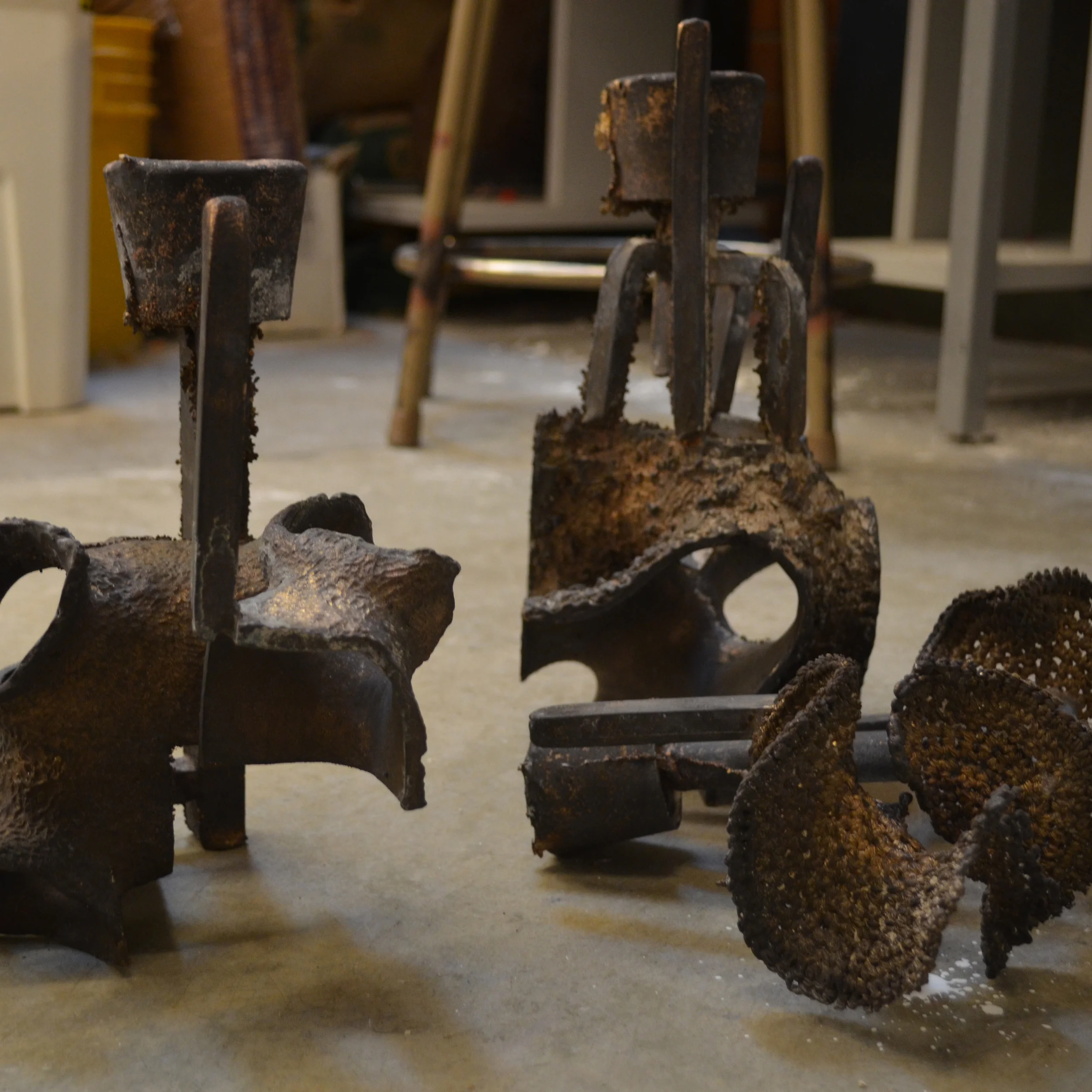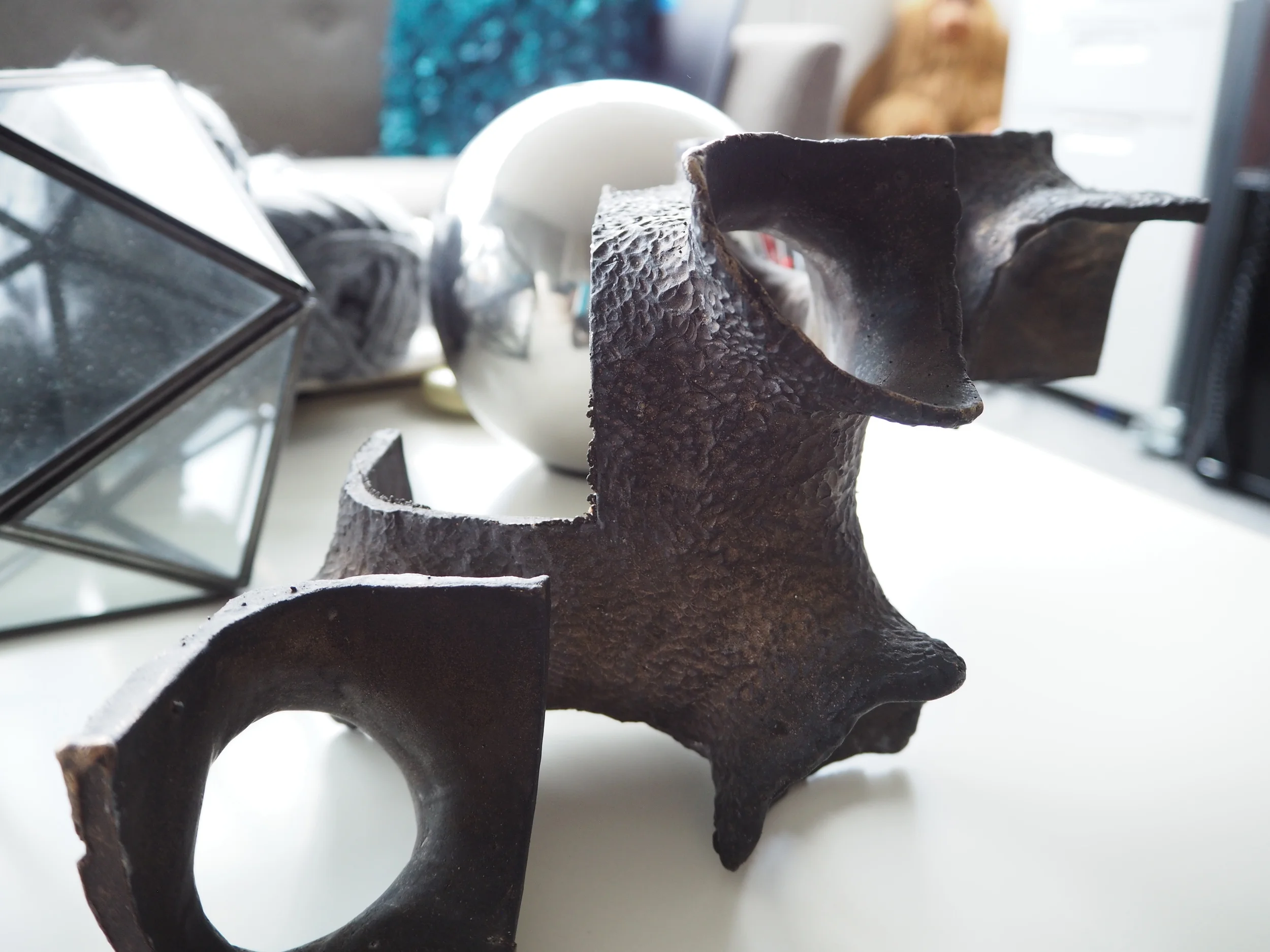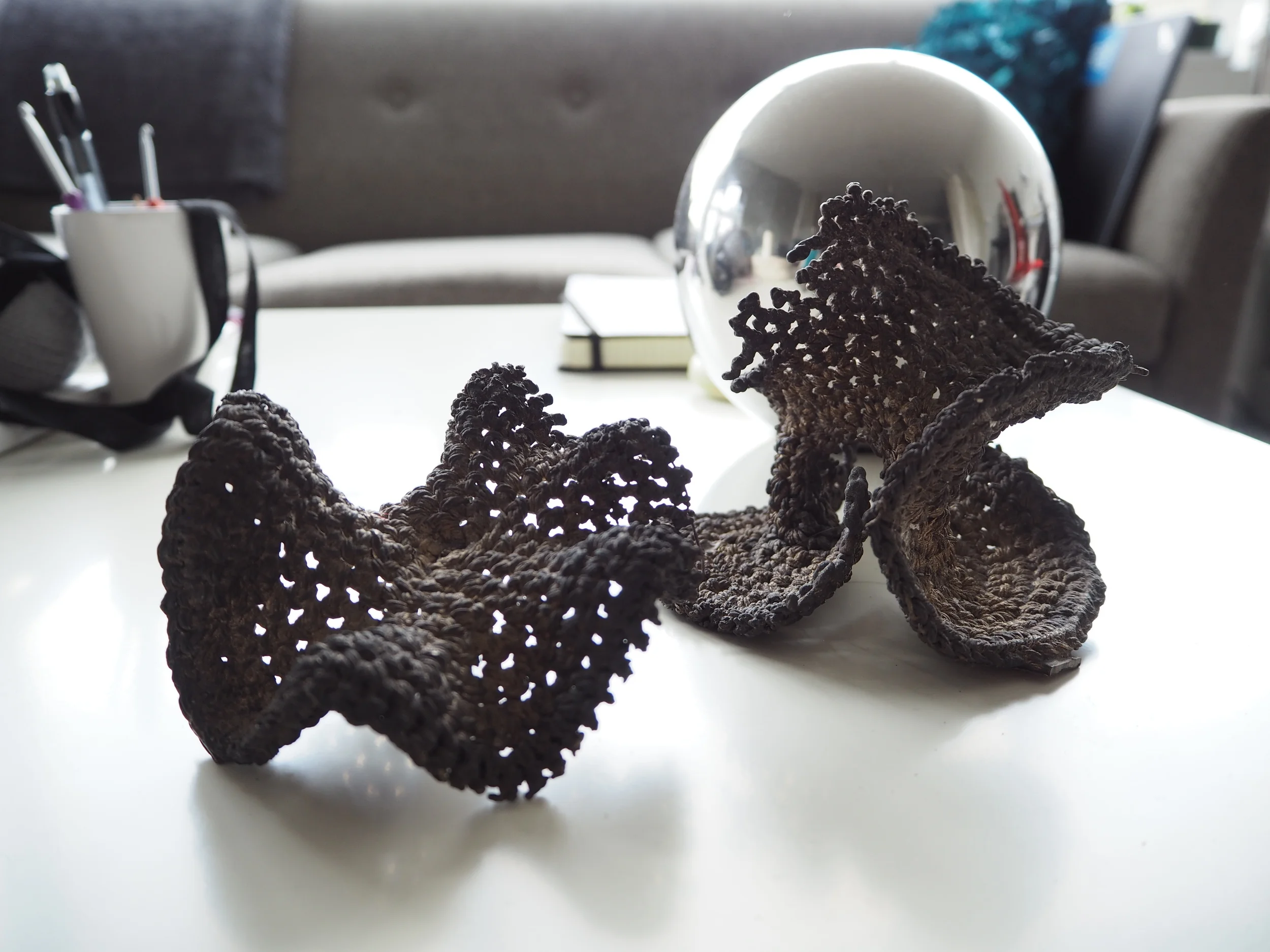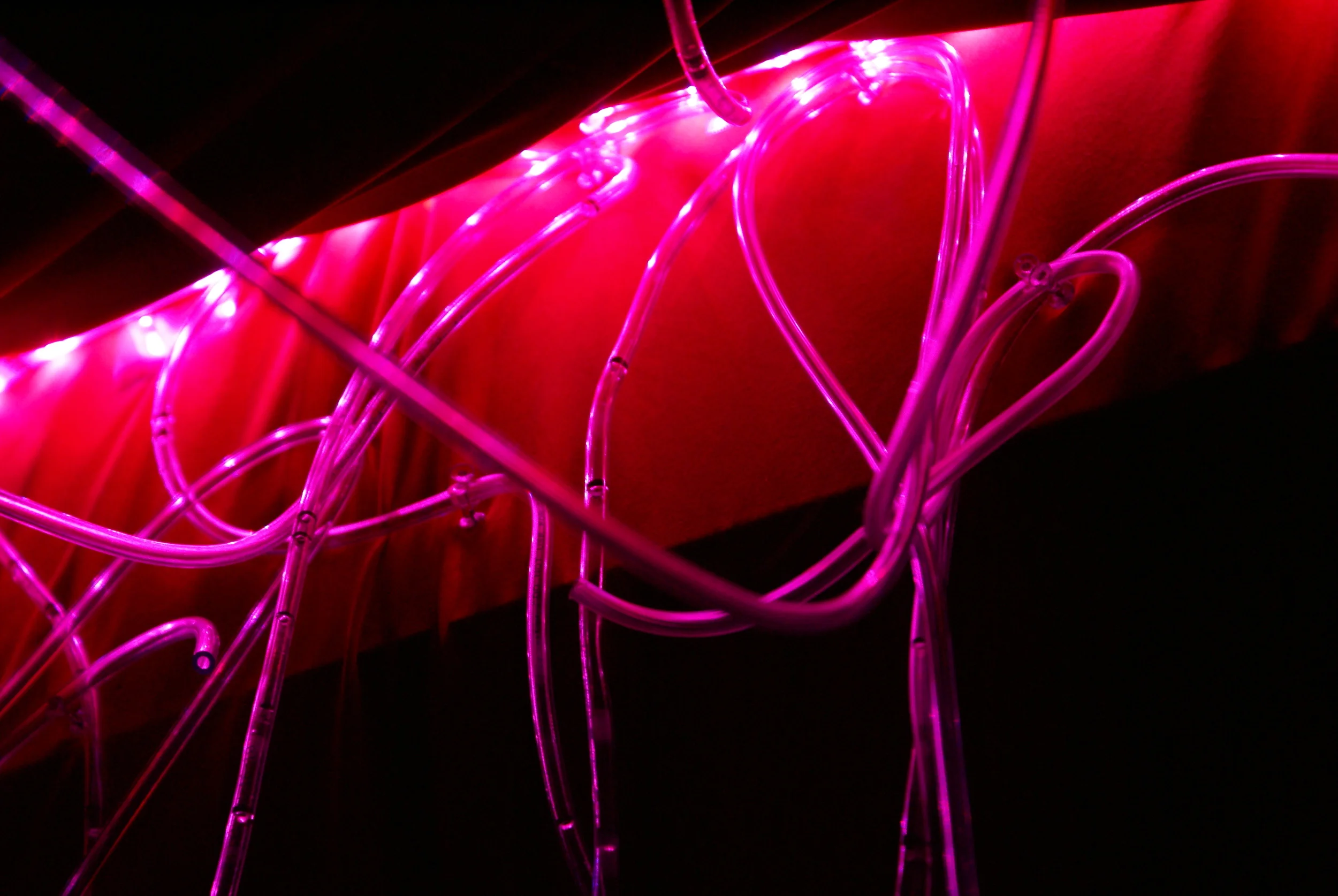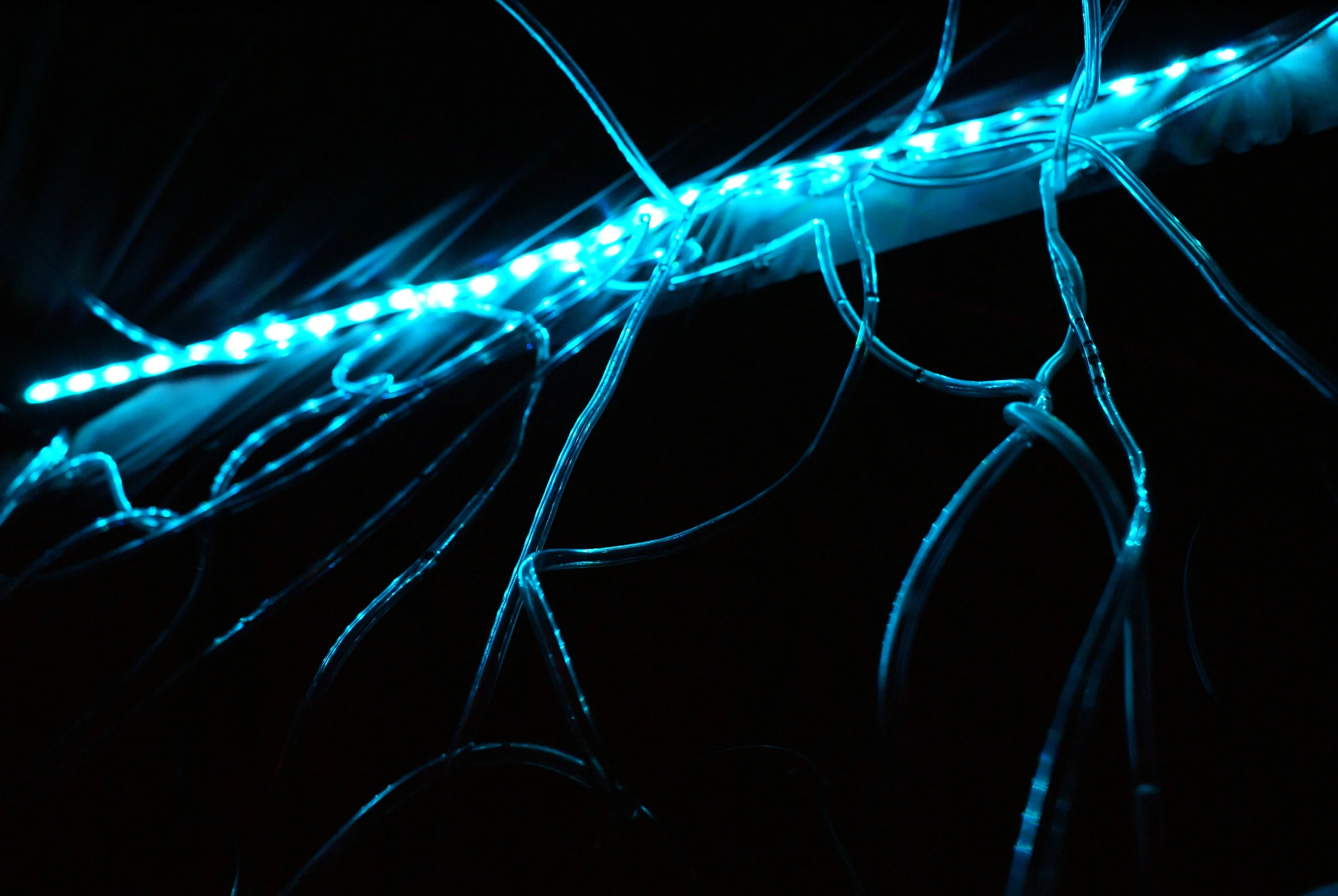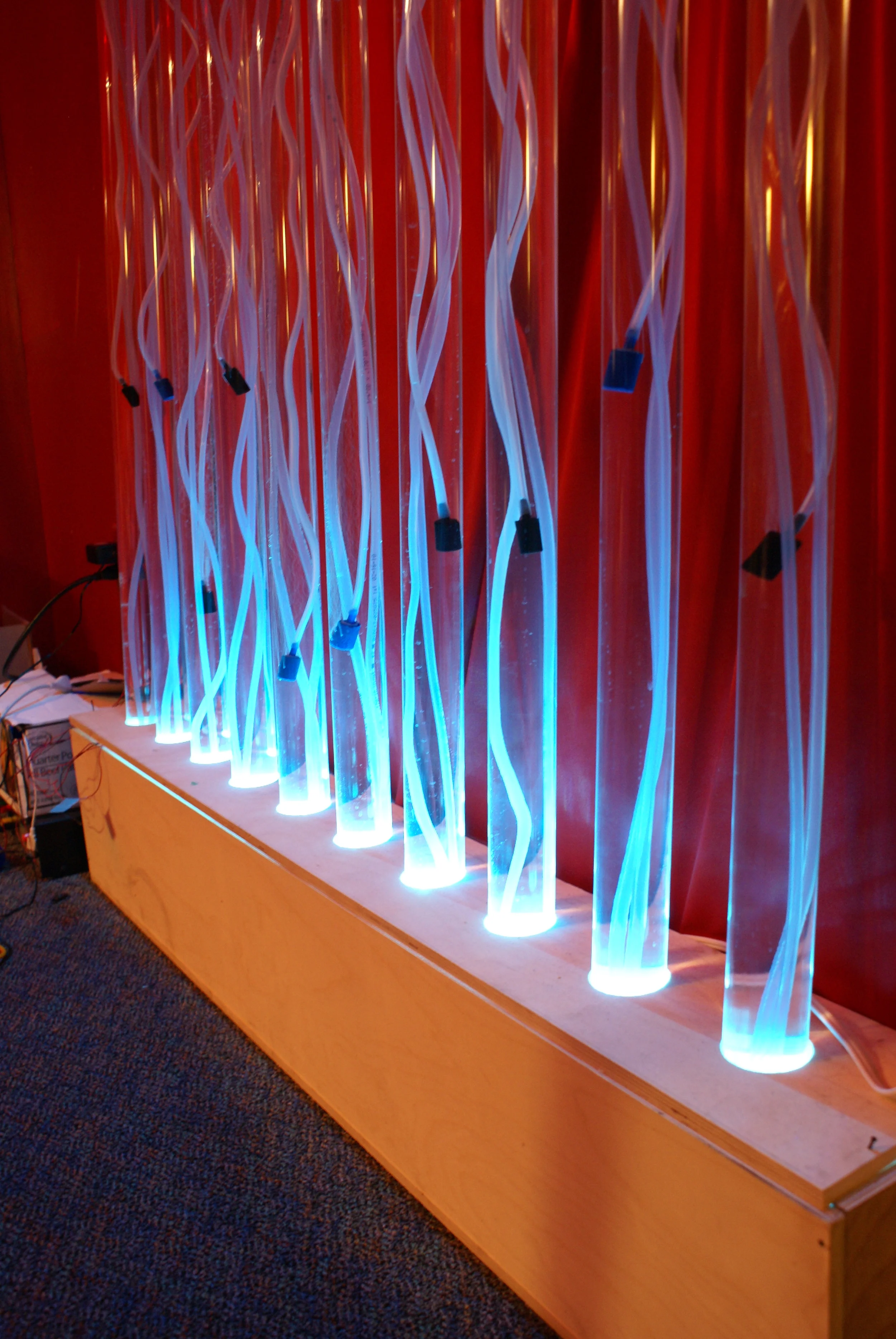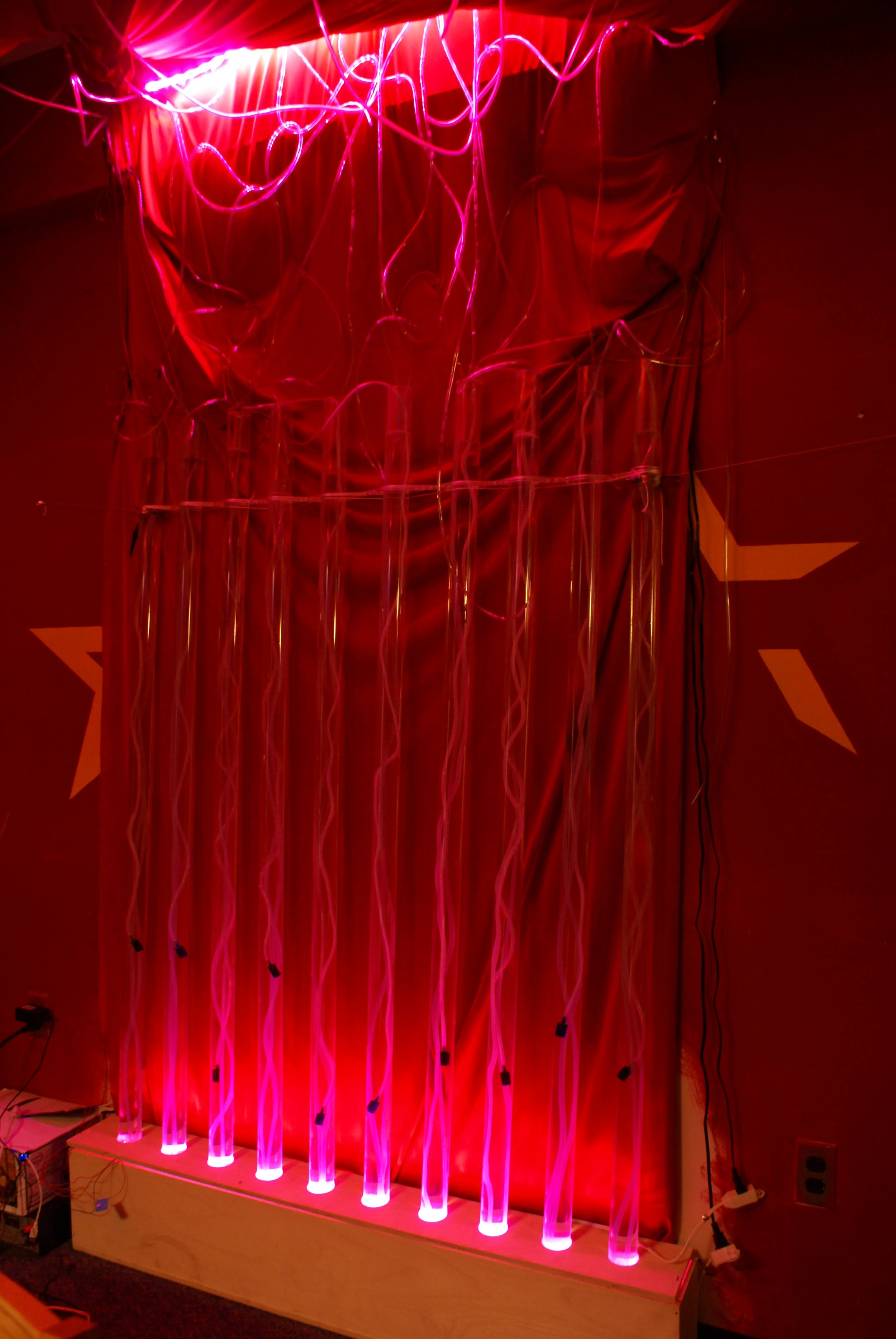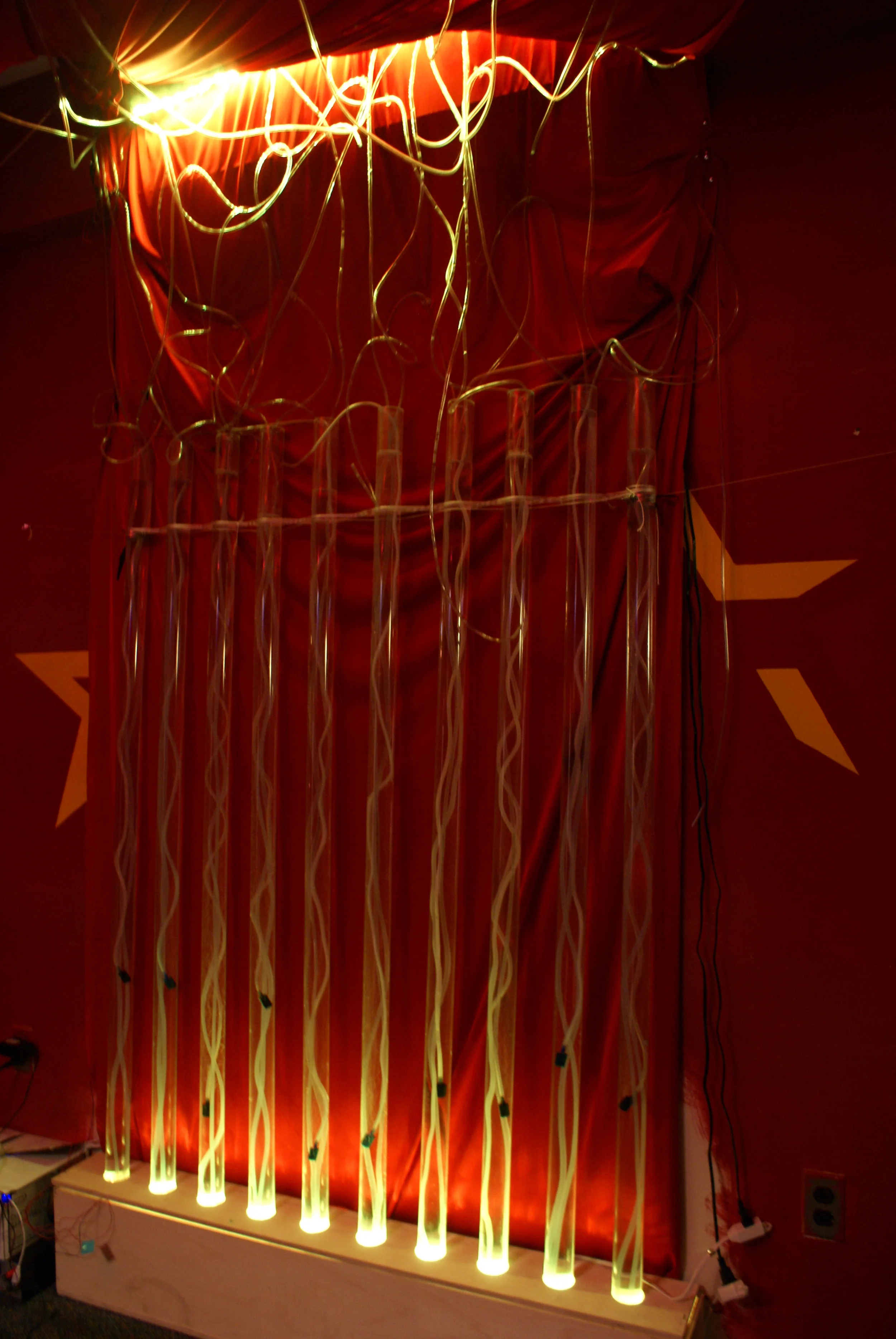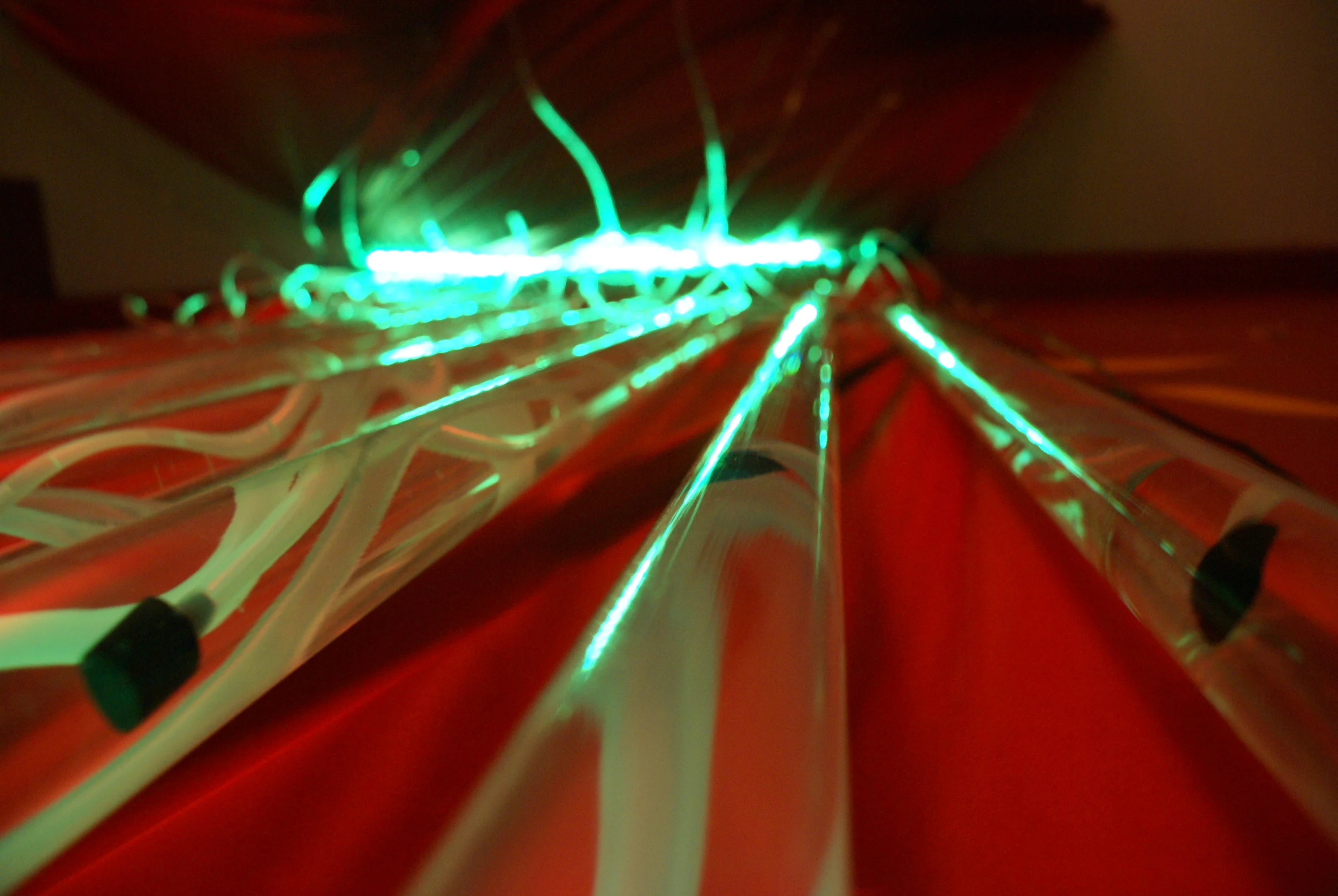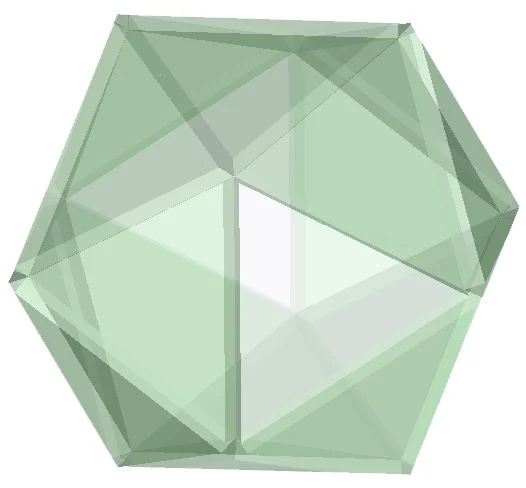The Windows Insider Program allows customers to receive early Windows 10 builds and give feedback to the product team. I designed and shipped V1 of the Insider Hub, an app that enables and incentivizes Insiders to try new features and provide feedback; reinforcing that that they’re part of an elite community that helps shape the future of Windows.



PRODUCT MANAGEMENT
I managed the project timeline through monthly cycles of planning, development, and release. As developers completed the current month’s work, I drove processes to localize and release the app, while also scoping and prioritizing work for the next month and writing functional specifications for new features.
CUSTOMER ENGAGEMEMENT
Customer feedback was invaluable in improving the Insider Hub. Based on Insiders’ requests, achievements were added as awards for contributing feedback, and a major UI overhaul was done which was met with overwhelmingly positive feedback.






